Land Rover 60th Anniversary
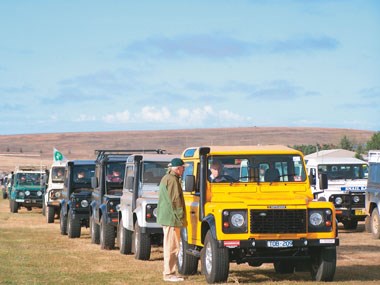 Land Rover 60th Anniversary
Land Rover 60th Anniversary

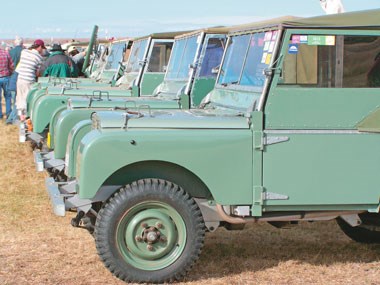 Land Rover 60th Anniversary
Land Rover 60th Anniversary

 Land Rover 60th Anniversary
Land Rover 60th Anniversary

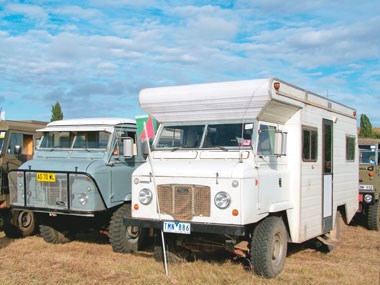 Land Rover 60th Anniversary
Land Rover 60th Anniversary

 Land Rover 60th Anniversary
Land Rover 60th Anniversary
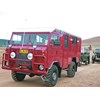
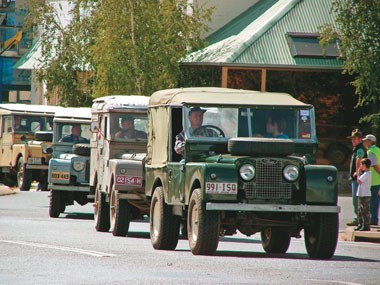 Land Rover 60th Anniversary
Land Rover 60th Anniversary

 Land Rover 60th Anniversary
Land Rover 60th Anniversary
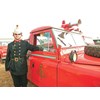
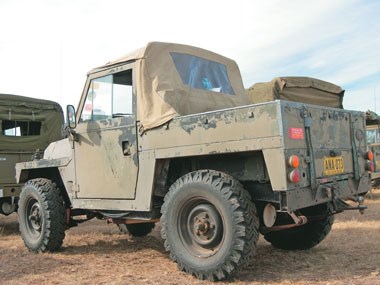 Land Rover 60th Anniversary
Land Rover 60th Anniversary

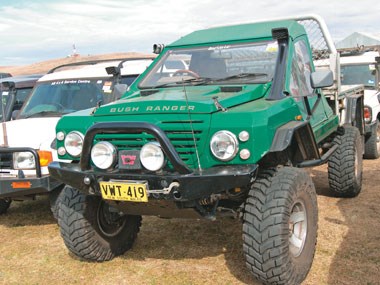 Land Rover 60th Anniversary
Land Rover 60th Anniversary

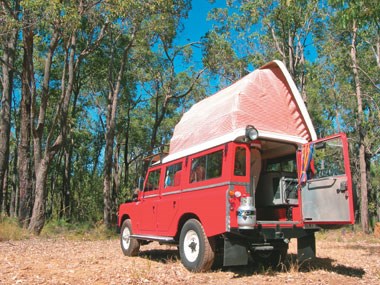 Land Rover 60th Anniversary
Land Rover 60th Anniversary

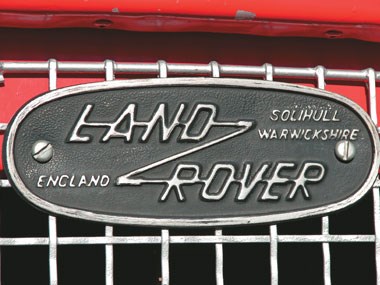 Land Rover 60th Anniversary
Land Rover 60th Anniversary

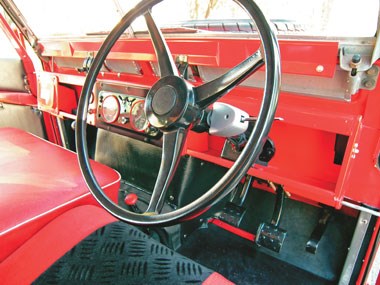 Land Rover 60th Anniversary
Land Rover 60th Anniversary

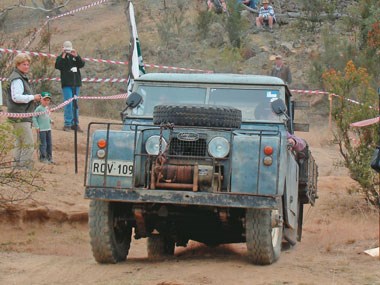 Land Rover 60th Anniversary
Land Rover 60th Anniversary


|
|
Land Rover 60th Anniversary
|

|
|
Land Rover 60th Anniversary
|

|
|
Land Rover 60th Anniversary
|

|
|
Land Rover 60th Anniversary
|

|
|
Land Rover 60th Anniversary
|

|
|
Land Rover 60th Anniversary
|

|
|
Land Rover 60th Anniversary
|

|
|
Land Rover 60th Anniversary
|

|
|
Land Rover 60th Anniversary
|

|
|
Land Rover 60th Anniversary
|

|
|
Land Rover 60th Anniversary
|

|
|
Land Rover 60th Anniversary
|

|
|
Land Rover 60th Anniversary
|
The spiritual home of Australian Land Rovers helps celebrate another milestone for the much loved off-roaders.

|
|
Land Rover 60th Anniversary
|
FROM THE ARCHIVES: First published in Unique Cars #286, May 2008
Land Rover 60th Anniversary
Cooma is only a small town, so when 768 Land Rovers assembled there at Easter, they almost swamped the place. The off-roaders were in every street, parking lot, motel and camping ground in town, but the townspeople didn’t seem to mind.
Land Rovers first came to Australia as part of the Snowy Mountains Scheme project in 1949, so they have a special connection with the NSW town.
The Landies previously assembled in Cooma for the marque’s 40th birthday in 1988 and again for the 50th in ’98. So expecting something big Unique Cars went along to this year’s 60th birthday bash to learn more about the history of these classics and meet some of their owners.
WAR AND PEACE
Like the ageing generation of Baby Boomers, the idea of the Land Rover was conceived during the euphoria which followed WWII. Maurice Wilkes, the chief designer at the British Rover car company, built a prototype in 1947 for use on his farm and the next year the Land Rover was launched at the Amsterdam Car Show.
For the following 10 years these Series 1 Land Rovers proved to be very capable 4WD, all-terrain, multipurpose vehicles. Of course, as Assistant Event Coordinator Patrick Sutcliffe explained, "They weren’t called Series 1 at the time – they were just Land Rovers, until the Series 2 came along in 1958."
Although they were designed for use as civilian vehicles, there were certainly some military influences. Wilkes was partly inspired by the Jeep, and the Land Rover’s construction materials were dictated by post-war shortages. Steel was in short supply, so the bodywork was built with a lightweight aluminium alloy called Birmabright.
This alloy is highly corrosion resistant and it is believed that 75 percent of the early Land Rovers are still in operation. As one Series 1 owner at Cooma quipped, "At the 100th Anniversary, there will still be plenty of Series 1s on display – but maybe not many of the more recent models." Series 1 owners also tend to describe other brands of 4WD as ‘disposables’.
The colour range also reflected post-war conditions. The Series 1 came in various shades of light green, which just happened to be the colour used for aircraft cockpits.
Among the rows of early Land Rovers at Cooma, we chatted with Richard Heath who had driven his 1949 Series 1 up from Melbourne the hard way.
"I didn’t just drive up the highway," he said. "I took my Series 1 up steep mountain tracks that would challenge most modern 4WDs. Unfortunately, comfort was not a design feature in these early Land Rovers. Just sit on the seat to see what I mean." He wasn’t kidding – the pew was hard as a board. It’s no wonder he stood up during our conversation!
GETTING SERIES
By 1958 it was time for a significant upgrade and the Series 2 was released. It came in short (2.2m) and long (2.8m) wheelbase forms and had the more modern, classic Land Rover shape. Three years later, the legendary Series 2A was released. It looked much the same as the Series 2, but had an improved 2.25-litre diesel engine.
The Series 2A continued in production until 1971 and has the reputation of being the toughest Land Rover ever built. This model dominated the Australian 4WD market during the 1960s with a 90 percent market share, as evidenced by the number on display in Cooma.
The Series 3, which still looked much like the Series 2 and 2A, was released in 1971. However the engine power was increased, the grille was now plastic instead of metal, and the headlights were in the wings rather than in the grille. This was the largest selling Land Rover model and continued in production until 1985. Since then the Defender series has continued the rugged Land Rover tradition.
CALL TO DUTY
Although designed for civilian use, Land Rovers have also found use as military and emergency vehicles. There was a whole bunch of Land Rover fire trucks on display at Cooma, including Brett Williams’ 1958 Series 2.
"It was one of three introduced at the same time for the NSW Fire Brigades," says Brett. "Mine was based in Dubbo for its entire working life, until it retired in 1993. The other two went to Tamworth and Wagga Wagga."
There were also plenty of ex-military Land Rovers, but the ones that drew the most attention were the impressively large 101 Forward Control vehicles.
The Series 2A 101s were originally traytops; the Series 2B 101s were almost cubic, and for a good reason, as Stephen Priestley explained: "The vehicle was designed to be airlifted by helicopter, so the engine was located behind the driver. That’s why they are called Forward Control – the driver is forward of the engine. And the 101 refers to the fact that they had a 101inch wheelbase."
Stephen’s Series 2B 101 is ex-Australian Army and has the designation ‘Miss Guided’ stencilled on the driver’s door. No, the army driver was not named Ms Guided, nor would you be misguided to own one. This vehicle was one of 38 that were armed with Rapier guided missiles.
BUILT TO LAST
Land Rovers have always been popular with restorers, since they were designed for easy maintenance. The body panels can be removed separately for panel beating or respraying, and many parts can be used interchangeably between the models.
Eric David’s ex-Army 1966 Series 2A was one of many lovingly restored vehicles we discovered at Cooma.
"I rebuilt (the vehicle) from the ground up," Eric said. "It gets plenty of attention from other Land Rover enthusiasts."
Being such utilitarian vehicles, there were also plenty of modified Land Rovers on display. Some were factory built, like Ross Mumby’s Bush Rangie, or ‘Bush Ranger’ as he amusingly calls it. This vehicle looks like something from the Dakar Rally. "This is one of only 28 built by John Davis Motor Works and is based on a Discovery," Ross explains.
Not surprisingly, some of the 101 Forward Control vehicles have been turned into motor homes, like Colin Lewis’ 1967 Series 2A which he still drives along rough mountain tracks.
"It makes a great motorhome, but you have to be careful on rocky roads," he said. "There is no power steering and if the steering wheel spins out of control, it could easily break your thumb. You have to hold on tight and keep your thumbs well clear."
HOME ON THE RANGE
By 1970 the car world was undergoing dramatic change. Japanese manufacturers were making their cars more comfortable than the competition and also launching serious off-road vehicles, so Land Rover responded by launching the luxury Range Rover. It was designed as a luxury SUV, but still had excellent off-road performance.
Oddly enough, the Range Rover seems to have made a huge hit in suburbia as mum’s taxi, ferrying the kids to and from school. Though maybe that’s not so odd; road accident statistics show that it’s one of the safest cars on the road.
At Cooma there were rows and rows of Range Rovers and their look-alike, lower-cost relative the Discovery – adding a touch of class to the more functional-looking traditional Landies.
SOME LANDIES DO HAVE 'EM!
Land Rover vehicles are slightly odd, and their owners aren’t really like most car enthusiasts either. To start with, they don’t rush to show you the gleaming engine bay and brag about the size of their motors. Instead, they take you to the back of the vehicle and show you the huge pile of spares and repair manuals that they have brought along with them.
For all their toughness, the older Land Rovers were notoriously unreliable and drivers like to be prepared for the worst. All that changed when the company was acquired by BMW in 1994, and subsequently by Ford and more recently Tata. This gave a steep improvement in quality and reliability, but owners of the older Landies look upon the modern ones with an amusing mix of jealousy and condescension.
Some Land Rover owners also like to dress up for car shows, so military and vintage fire-fighter uniforms were noticeable at Cooma. There was also a distinctly British sense of humour evident among many of the owners, giving the event a Monty Pythonesque overtone. At times it felt like a cross between a military bivouac and a teddy bears’ picnic.
But overall, this was a very special event. As Event Coordinator Graeme Walsh summed it up: "Everyone had a great time and we are proud that the proceeds will go to support various charities. The 75th Anniversary is still 15 years off; maybe we should aim to have 1000 Landies in Cooma for that event!"
BUSH FLASHER
Land Rover has a proud tradition as a manufacturer solely of 4x4 vehicles, now represented by five models – the Range Rover Vogue, Range Rover Sport, Discovery 3, Freelander 2 and the iconic Defender.
To celebrate the marque’s 60th anniversary this year, the company launched a special edition of the Defender, whose origins can be traced directly back to the original 1948 Series 1 Land Rover.
Displayed at the Geneva Motor Show, the Defender 110 SVX special edition model blends off-road ability with a big dose of bling.
It has metallic black paintwork, subtle satin black graphic decals, contrasting silver finish, unique ‘Defender’ and ‘SVX’ badges, tubular side-steps, a bold surround for the front grille and clear-lens headlamps.
Unlike the spartan early models, the SVX is equipped with a host of luxuries including custom-designed Recaro front seats, a distinctive alloy gear knob, a new audio system (with subwoofer and USB socket), iPod cradle and Garmin satellite navigation.
It also features new, ‘diamond-turned’ five-spoke alloy wheels, a reinforced aluminium front undershield and clear LED rear lights.
Only 36 Defender 110 SVX special edition models will be sold in Australia with deliveries expected around September at $62,990.
Unique Cars magazine Value Guides
Sell your car for free right here
Get your monthly fix of news, reviews and stories on the greatest cars and minds in the automotive world.
Subscribe

.jpg)













